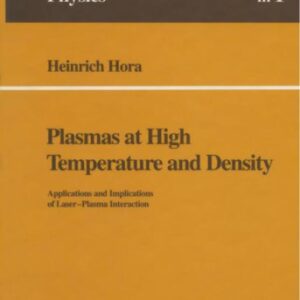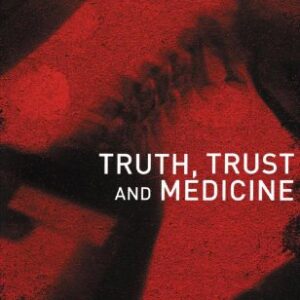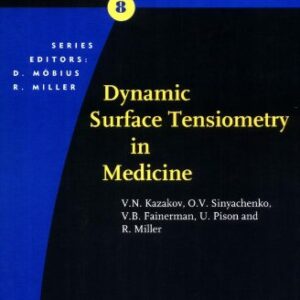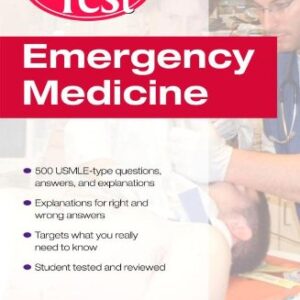Content:
Chapter 1 Chairman’s Opening Remarks (page 1): J. P. Payne
Chapter 2 Historical Background (pages 2?10): A. J. P. Martin
Chapter 3 Gas Chromatography: The Anatomy of a Scientific Revolution (pages 11?20): S. R. Lipsky
Chapter 4 The Main Aim of Chromatography; Elimination of the Column (pages 21?36): J. H. Purnell
Chapter 5 Detectors for Gas Chromatography (pages 37?58): D. W. Hill
Chapter 6 The Effect of Water Vapour on Argon Ionization Detectors (pages 59?64): B. C. H. Warren and M. G. Dalzell
Chapter 7 The W?Value Detector. Determination of Oxygen and Anaesthetic Vapours in Expired Air (pages 65?73): B. C. H. Warren and J. E. Lovelock
Chapter 8 The Gas Chromatographic Column as an Analogue for Respiratory Function in the Lung in Man (pages 74?85): J. Janak
Chapter 9 Determination of Volatile Organic Anaesthetics in Blood, Gases, Tissues and Lipids: Partition Coefficients (pages 86?112): H. J. Lowe and K. Hagler
Chapter 10 Measurement of the Gas Content of Blood Samples Using Gas Chromatography (pages 113?131): M. J. Purves
Chapter 11 Recent Developments in the Use of Gas Chromatography in Forensic Toxicology (pages 132?135): A. S. Curry
Chapter 12 The Use of Gas Liquid Chromatography in Aircraft Accident Toxicology (pages 136?160): D. J. Blackmore
Chapter 13 Gas Chromatographic Analysis of Benzodiazepines (pages 161?172): S. Garattini, F. Marcucci and E. Mussini
Chapter 14 Gas Chromatographic and Spectrometry Techniques (pages 173?186): R. P. W. Scott
Chapter 15 Digital Computers and the Analysis of Chromatographic Data (pages 187?206): G. B. Marson
Chapter 16 Chairman’s Closing Remarks (page 207): J. P. Payne






Reviews
There are no reviews yet.